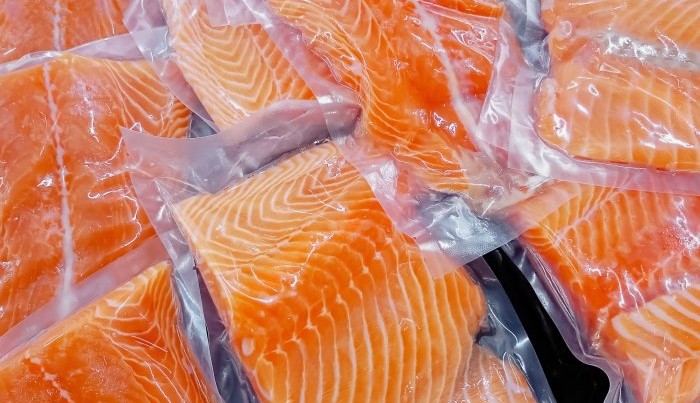Smart Food Label Cuts Wastage
June 17, 2019
on
on

The best-before date printed on perishable food packaging may soon be a thing of the past, according to research by a team at Imperial College, London. They have developed a low-cost sensor (printed on paper) which will be incorporated inside the product packaging and is sensitive to gasses such as ammonia, trimethylamine and CO2.
These gasses are given off by uncooked meat and fish in increasing quantities as the foodstuffs spoil. The sensor gets its power from an NFC communication exchange and sends back the measurement values. The customer or shop worker just needs to pass a — NFC capable — smart device over the packaging to get a reading and check it hasn’t spoiled. Items stored in the fridge at home can also be quickly checked.
These gasses are given off by uncooked meat and fish in increasing quantities as the foodstuffs spoil. The sensor gets its power from an NFC communication exchange and sends back the measurement values. The customer or shop worker just needs to pass a — NFC capable — smart device over the packaging to get a reading and check it hasn’t spoiled. Items stored in the fridge at home can also be quickly checked.
Costs
In the US alone it’s estimated that 60 million tons of food is thrown away every year… that’s around one third of all the foodstuffs produced. Much of it is still edible but can’t be sold because of an expired best-before label. In the UK the figure stands at approximately 4.2 million tons per year. The new smart labels will add around 2 US cents to the price of the product but could help cut this shameful waste.Biodegradable
The sensing labels have been designed to be biodegradable and harmless to the environment. They are able to provide the information quickly and reliably and cost a fraction of some of the earlier sensor designs developed for the same sort of application. It is hoped that consumers will give a thumbs-up to this new convenient method to check product freshness.Read full article
Hide full article


Discussion (0 comments)